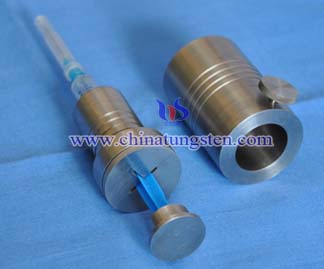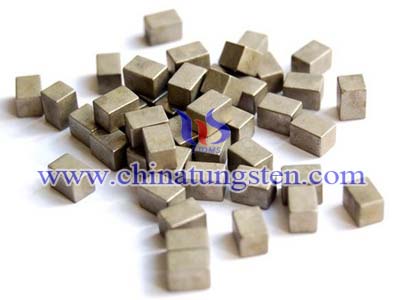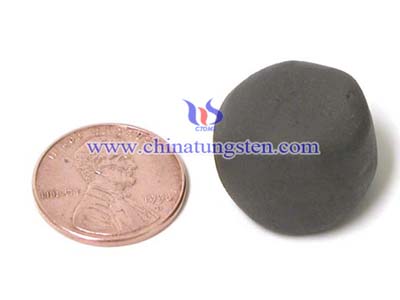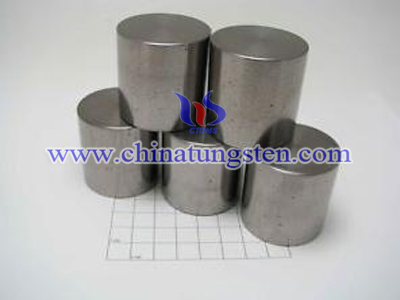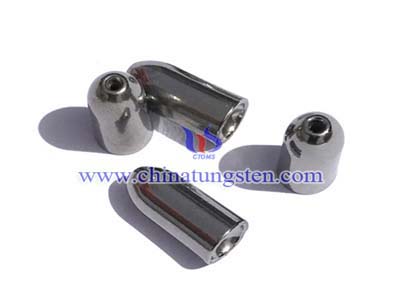Tungsten Alloy Shielding In Medical
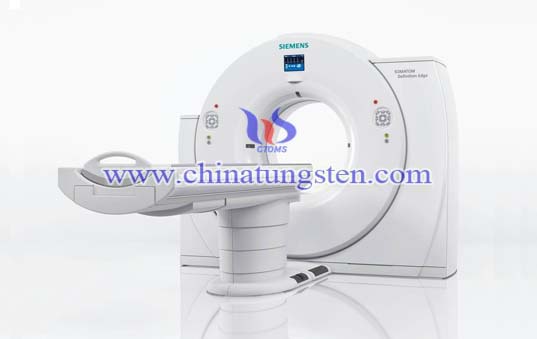
Tungsten alloy Syringe shield
WHA is often specified for syringe shields in place of lead. It is easier for the technician or physician to transport and use. Tungsten alloy Syringe Shield 3cc:9 mm thick glass-5.2g/cc gives optimum protection and is easily replaced. Fully exposed needle hub allows you to visually check for correct venous insertion prior to injection. Tungsten alloy Drawing Syringe Shield 3cc: 2 mm solid tungsten flange helps shield the hand when withdrawing liquid from a vial. Flange is easily removed to allow transition from drawing dose to patient injection. 9 mm thick glass-5.2g/cc gives the greatest protection of any glass in any syringe shield and is easily replaced. Twist-turn and the syringe is held firmly.
Positron emission tomography (PET)
Positron emission tomography (PET) is one of the nuclear medicine techniques available for diagnosis. Whilst X-rays provide information on the structure of the body, PET shows the chemical function of a particular organism. PET involves the injection of FDG (a glucose-based radionuclide) from a shielded syringe into the patient. As the FDG travels through the patient's body it emits gamma radiation which is detected by a gamma camera, from which the chemical activity within cells and organs can be seen. Any abnormal chemical activity may be a sign that tumors are present.
Cancer treatment
Tungsten heavy alloys are usually used for the machine needs intensity modulated radiation, which could protect healthy skin tissue during cancer treatment. It could be helpful to save lives through eliminating cancerous cells and protecting the surrounding healthy tissue.
Brachytherapy
When it is difficult to access the diseased cells directly, it is possible to use an alternative type of radiotherapy, known as after loading (a version of brachytherapy). This technique consists of implanting a radioactive seed inside the patient's body, via a catheter. Before and after treatment the seed is kept in a large tungsten safe, to protect the patient and medical staff against radiation.

